The most American American car – The Ford Mustang
From the idea till the second generation
The catergory that shook the world – pony cars
We are in the 60’s America. We are after the war, the economy is booming as well as the automotive industry. However the youngsters are looking for something new. They want more stylish, sportier cars that are nothing like their parents’ land yachts (like a Cadillac Eldorado ) or an expensive and impractical European sports car. By realising this Ford’s Lee Iacocca and Donald Frey came up with a concept. What if we make a car that is fashionable, cheap to maintain, a bit smaller jet easier to drive and also powerful. Following this concept, in 1964, at the New York World’s Fair the Mustang was introduced. The first ever pony car (compact, sporty, affordable and rear-wheel drive coupes) captured the heart of many car fans.
Step 0. – The design
As the main ideas were given, 3 design studios (Corporate Projects Studio, Ford Studio, Lincoln-Mercury Studio) were given 14 days to make their own design following the ideas of the „pony car” category. After the 2 weeks 7 design entries were reviewed but 1 stood out distinctly. A little white car with red wheels that was produced by the Ford Studio. To validate the choice potential buyers and couples were selected to measure if Ford’s design was really the favourite.
Interestingly when they were asked if it would be a practical automobile for the family most of them replied “no”. However after they were told the car’s unexpected low price the couples underwent a strange transformation, husbands and wives went back to the Mustang to take a careful second look. Without exception they began to find reasons why this car really would be practical for them after all.
First Generation (1964-1973)
The Mustung was introduced in 1964. It got its name after the legendary WWII fighter, the P51- Mustang and became popular quickly. Only in the first calendar day more than 400.000 units were sold making it the most successful car launched during the history of the United States’. It was popular for many reasons. First of all, its low price. The Ford managed to keep the production’s cost low by using many parts that were also used in the Falcon and other Ford models. Therefore not only the price remained minor but they also used parts that were well-proven during the years. Secondly, the Mustang was available with a wide-range of engine options (from the 2,8L inline 6 to the 4.7 V8) and in many types such as the iconic Shelby GT350. The GT350 meant to be a more powerful, racing centered version that was created with the co-production of Carrol Shelby. Furthermore until the end of the 60’s – until GM introduced the Chevrolet Camaro – Mustang did not really have any competitor in the „pony car” category. After the Camaro appeared in the market Mustang was fine-tuned by Ford so the car started growing in size allowing more passengers, more space and probably most importantly more room for the stronger power sources.
In the late 60’s the size of the car became even bigger and models such as the Mach1, Boss 302, or Boss 429 appeared in the market. By 1973 the models Mach1, Boss 302, or Boss 429 appeared and they were more then 20 cm longer and 15 cm wider than the original 1965 models.
Second Generation (1974-1978)
The 2nd generation, marked as Mustang II was born amid the 1973’s oil crisis and the U.S. government’s growing environmental regulations. Therefore Iacocca and the Ford wanted to return to a smaller size version with the new generation. Using the Ford Pinto’s platform the Mustang II was a lighter, more compact car than its predecessor but most importantly its 4 and 6-cylinder engine provided better fuel consumption as well. In ’74 Mustang II won Motor Trend’s „Car of the Year” title and later became far more popular than the Camaro with more than 1 million units sold before the 3rd gen was announced. Later more powerful and desirable models were available as well like the Cobra II or the King Cobra and even though Mustang II was criticized by many, this generation carried on the „pony cars’” legacy during a tough era in automotive history.
Written by: Áron Kecskeméti
Subscribe to our newsletter
Provide your e-mail address and click the button below to receive special deals and premium offers



